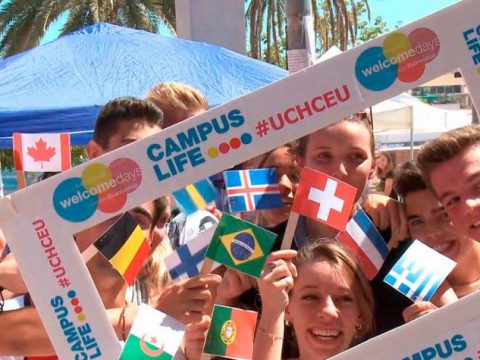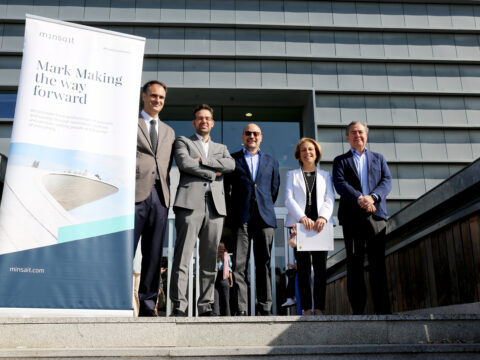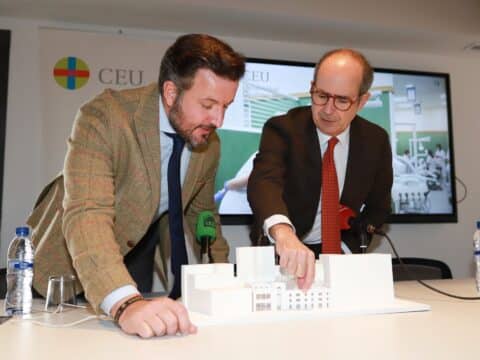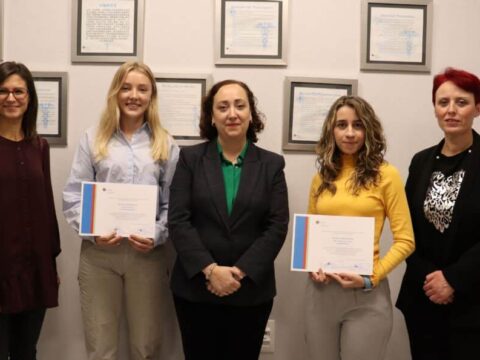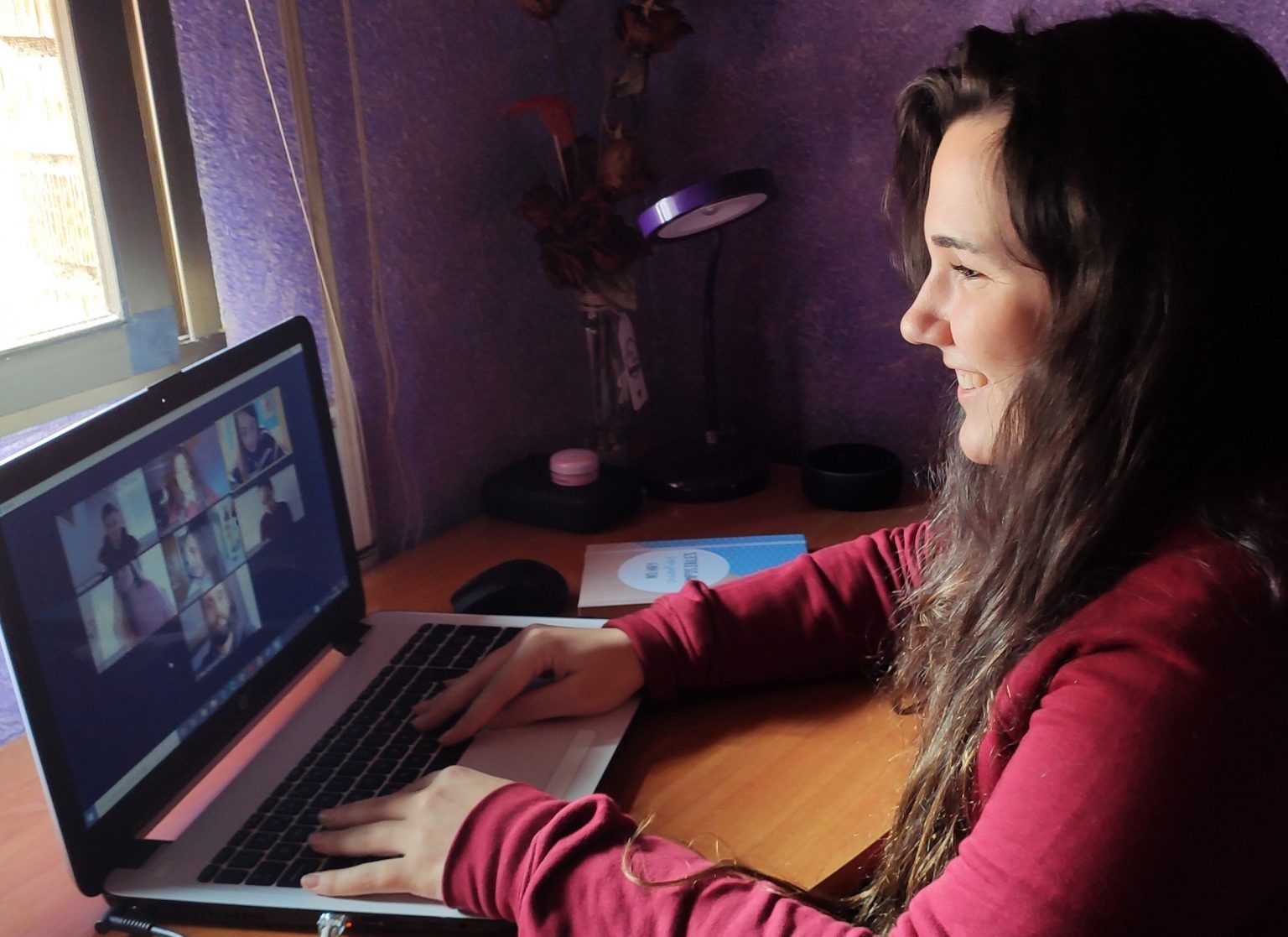
CEU Global Classroom, a teaching innovative methodology of online internationalization
12 July, 2021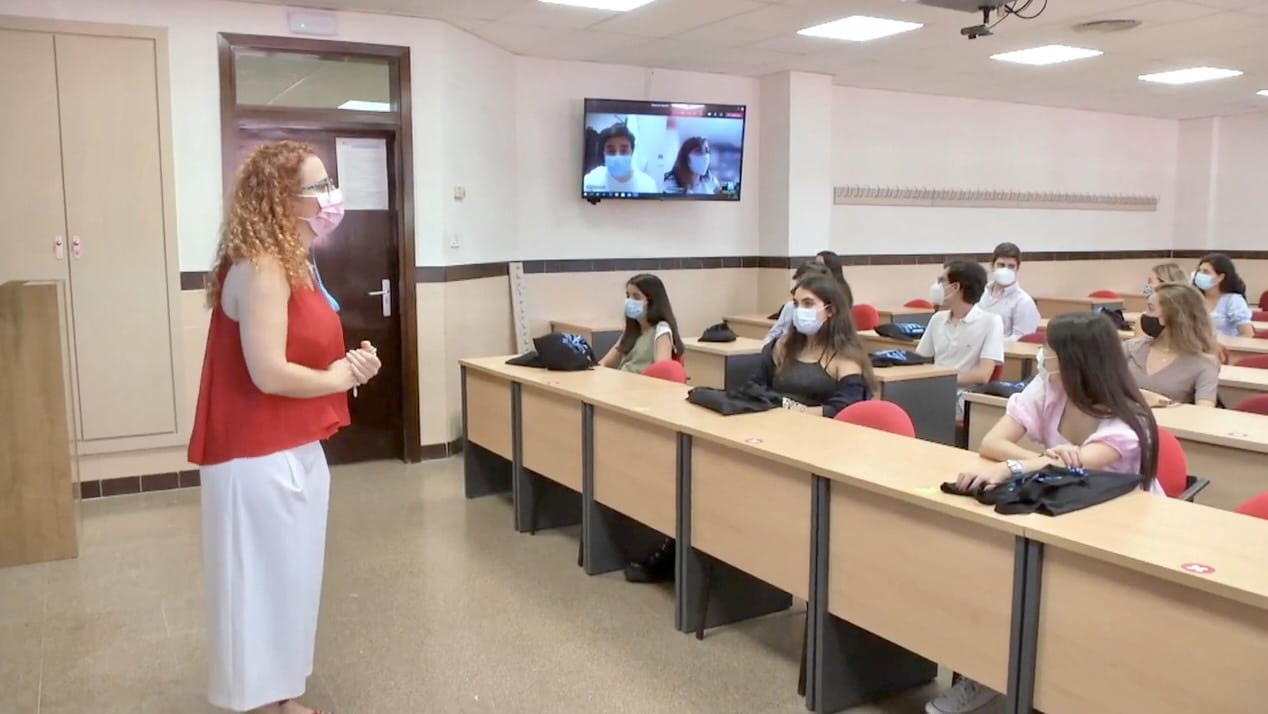
The Hyflex system, a guarantee of attendance for our 2021/22 students
23 July, 2021Bathed by the Mediterranean, Valencia is a city where the clock stops. Known as the Capital of the Turia for its location on the bank of this river, one of its main attractions is its beaches: Malvarrosa, Las Arenas and El Cabañal, crowned with blue flags and recognised by awards such as the Q of Touristic Quality. When we walk around its streets and squares full of charm, visit its palaces and museums, get lost in its gardens, enjoy its gastronomy, take part in its celebrations…the time runs delightfully in Valencia without our realizing.
Knowing its historical centre it is essential to absorb the essence of this city founded by Romans which turned into the capital city of the ancient Kingdom of Valencia – today the Autonomous Community of Valencia- by Jaime I. It is impossible not to feel like a medieval knight or a princess when entering the old city through the Torres de Serrano, which are one of the two fortified doors of the ancient medieval wall.
Further ahead, from Plaza de la Virgen you access the Basílica de la Virgen de los Desamparados, patron Virgen of the city and of the whole Autonomous Community. Very close by Valencia’s Cathedral visited in 2006 by the Pope Benedict XVI; its gothic style is impressive although it still has traces of the Roman-Visigoth era. A combination of Romanic, Valencian Gothic and Baroque that astonishes the visitor at the Church of San Juan del Hospital, founded by the Knights of the Order of the Hospital of Jerusalem.
A walk through the Plaza del Patriarca, which is pedestrian, allows you to discover the beauty of buildings such as La Nau or the ancient university and the Real Colegio del Patriarca, which cloister with its marble columns from Geneva is an exceptional example of Renaissance architecture. For Rococo lovers the Palacio del Marqués de Dos Aguas, declared Artistic-Historic Monument in 1941 is a must.
Fallas de Valencia, Intangible Heritage of Humanity by the Unesco
To go to the theatre or to enjoy the famous Fallas de Valencia and all the acts related to this festivity declared Intangible Heritage of Humanity by the Unesco you have to go to the Plaza del Ayuntamiento.
Those who cannot visit in May have the chance to visit the Museo del Artista Fallero de Valencia. It is at the iconic Ciudad del Artista Fallero and to see each year’s pardoned ninots to the Museo Fallero.
If you want to see how regional costumes of the Fallas are made the best is to go to a traditional clothing store or to the Silk Market, a gothic building Heritage of Humanity since 1996.
City of Arts and Sciences
Located at the end of the ancient riverbed of the river Turia (Turia Garden) the Ciutat de les Arts i les Ciències is one of the greatest tourist attractions of this city. One of the Modern art buildings most important and spectacular of the world designed by Santiago Calatrava and Félix Candela, formed by: L’Hemisfèric, the Museum of Sciences of Príncipe Felipe, L’Umbracle, the Oceanographic, the Bridge of l’Assut de l’Or, the Ágora and the Palace of the Arts Reina Sofía!




